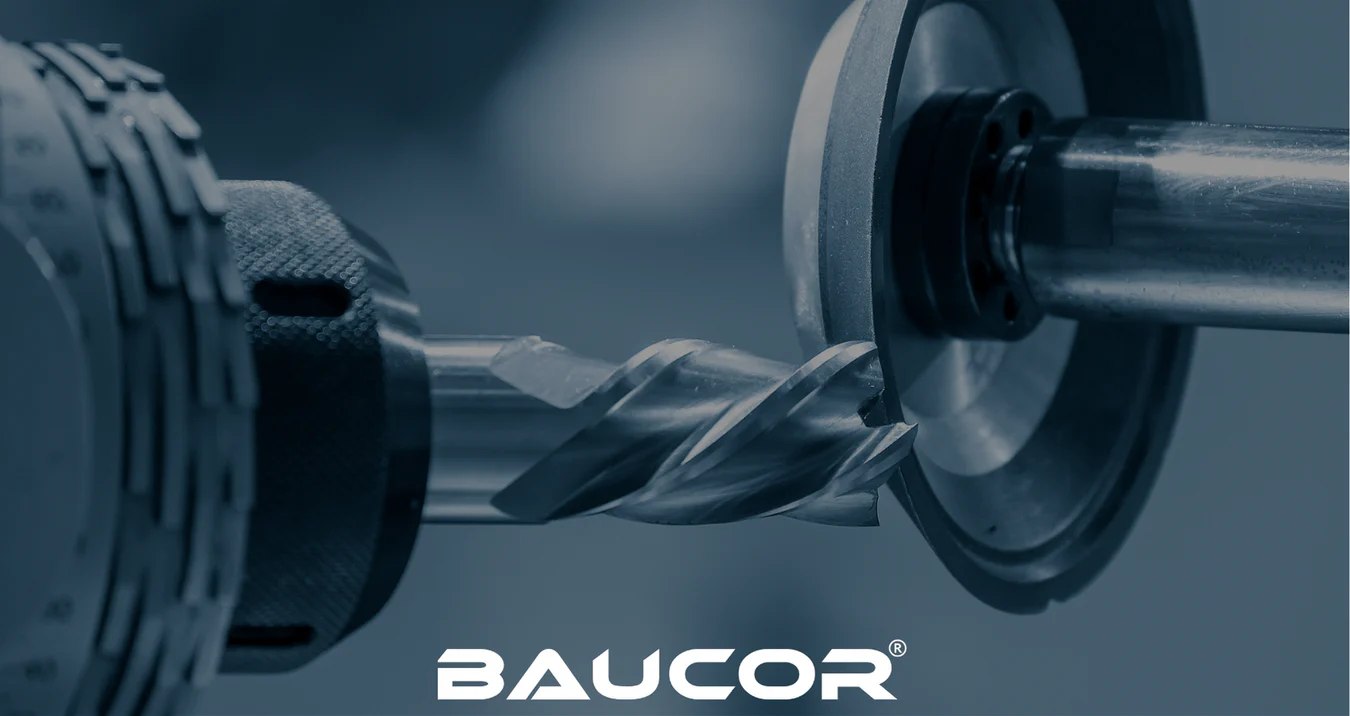
PRECISION GRINDING TECHNOLOGY
From prototyping to high volume production, BAUCOR® provides highest quality technical expertise and capabilities in manufacturing your cutting tools.
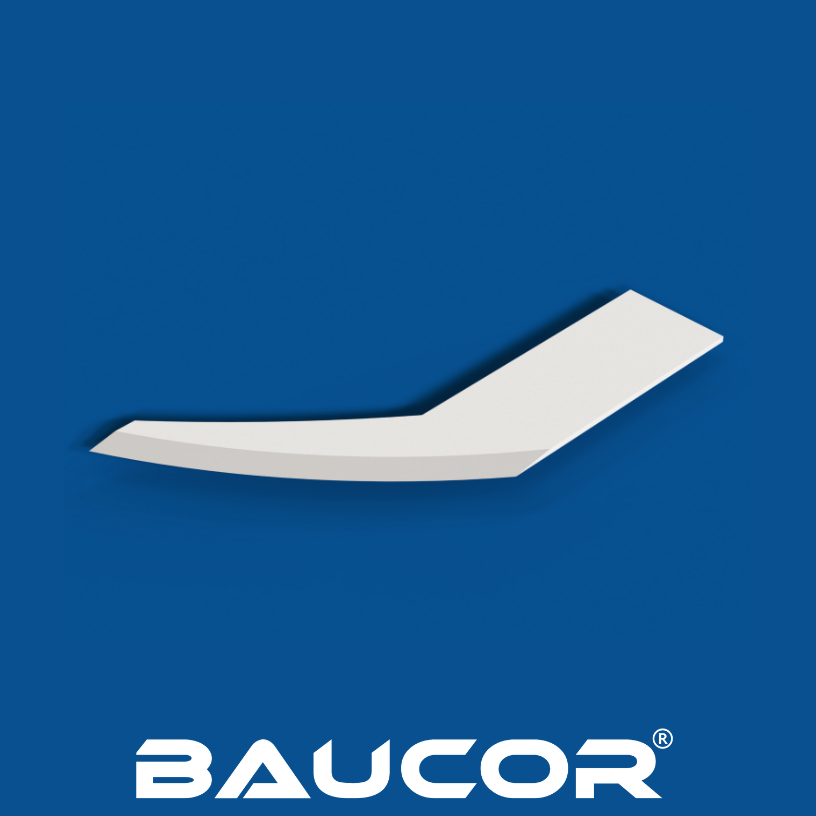
Ceramic blades present a modern alternative to traditional metal blades, and due to their exceptional properties, they offer a remarkable advantage across various applications and industries from food processing industry to medicine and manufacturing.
Ceramic blades are made from advanced materials, typically composed of zirconium oxide, or from a metal core, such as steel, and coated with a layer of ceramic material. These blades possess extreme hardness, unmatched resistance to wear, and longer retaining of their sharpness when compared to metal blades.
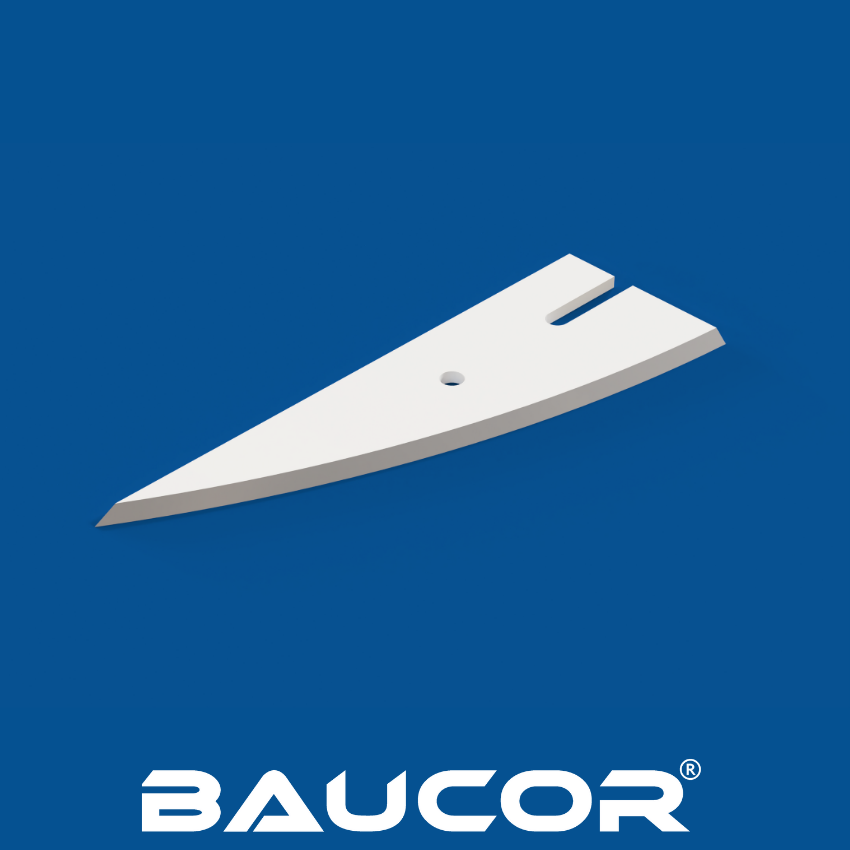
Baucor manufactures and supplies both standard and custom size ceramic knives and ceramic blades for all kinds of use, regardless of its industry or application. Our ceramic knives and blades are made from a wide variety of top quality Zirconium based ceramics. We are highly specialized in manufacturing custom ceramic knives in circular, straight and even odd shapes per sample and drawing. If you need your ceramic knives manufactured to your exact requirements, please contact us now.

From prototyping to high volume production, BAUCOR® provides highest quality technical expertise and capabilities in manufacturing your cutting tools.

BAUCOR® is highly specialized in manufacturing custom industrial blades. If you need your knives manufactured to your exact requirements, please contact us now.

Small or large, BAUCOR® manufactures all types and shapes of precision circular blades in nearly all materials available in the market.

Whether it is 5mm or 2500mm long, BAUCOR® has the right capacity and advanced capabilities to manufacture precision industrial blades.

Did you know that BAUCOR® has manufactured tens of thousands of precision punch blades? Get your quote today!

Manufacturing custom industrial blades is no easy task that anyone can handle. That's why BAUCOR® is here to help!
There are many advantages of using ceramic blades:
Ceramic blades are often used in machines that uselinear or rotational cutting motion to cut materials. These machines typicallyhave a cylinder or a motor that holds the blade and causes it to move. The cut materialcan be fed into the machine automatically or manually and held in place usingclamps.
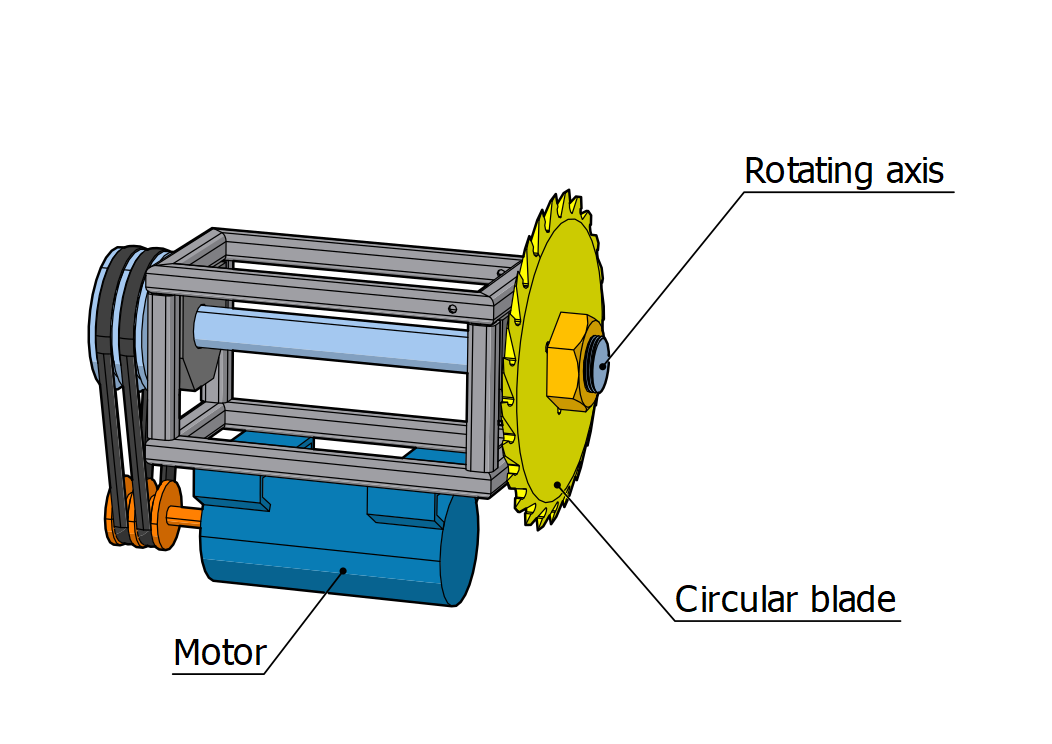

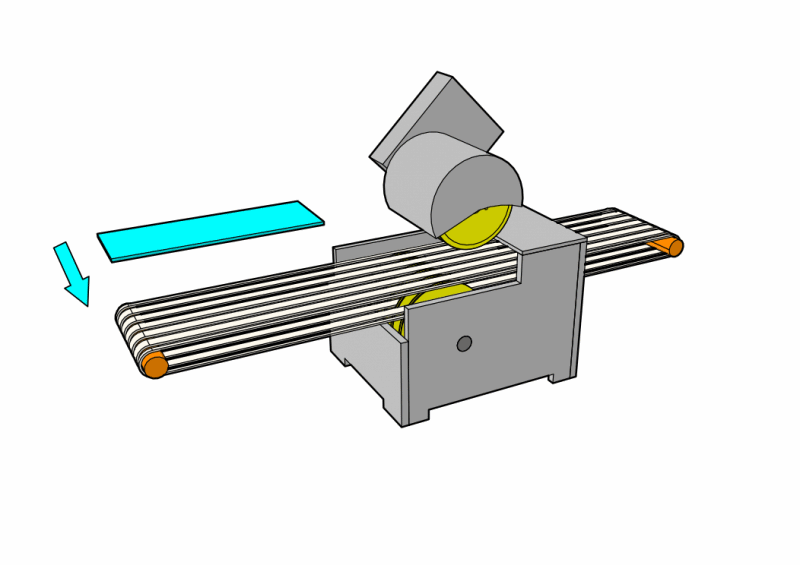
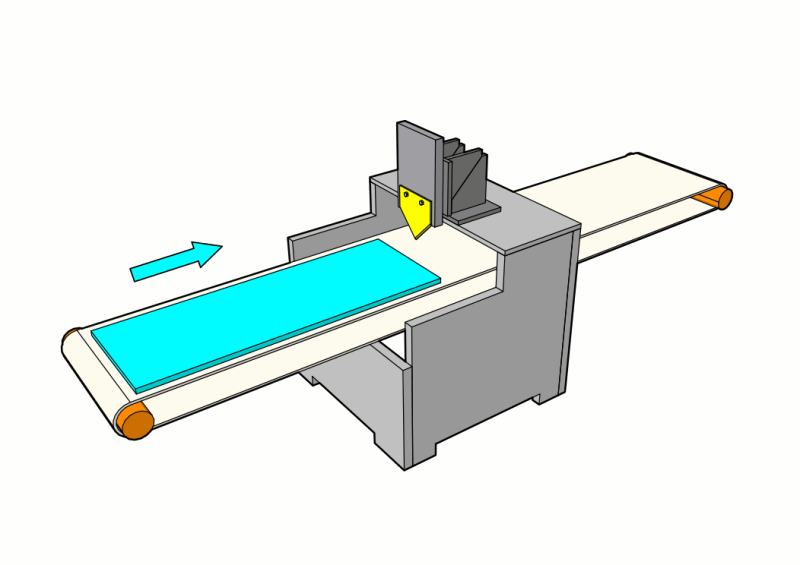
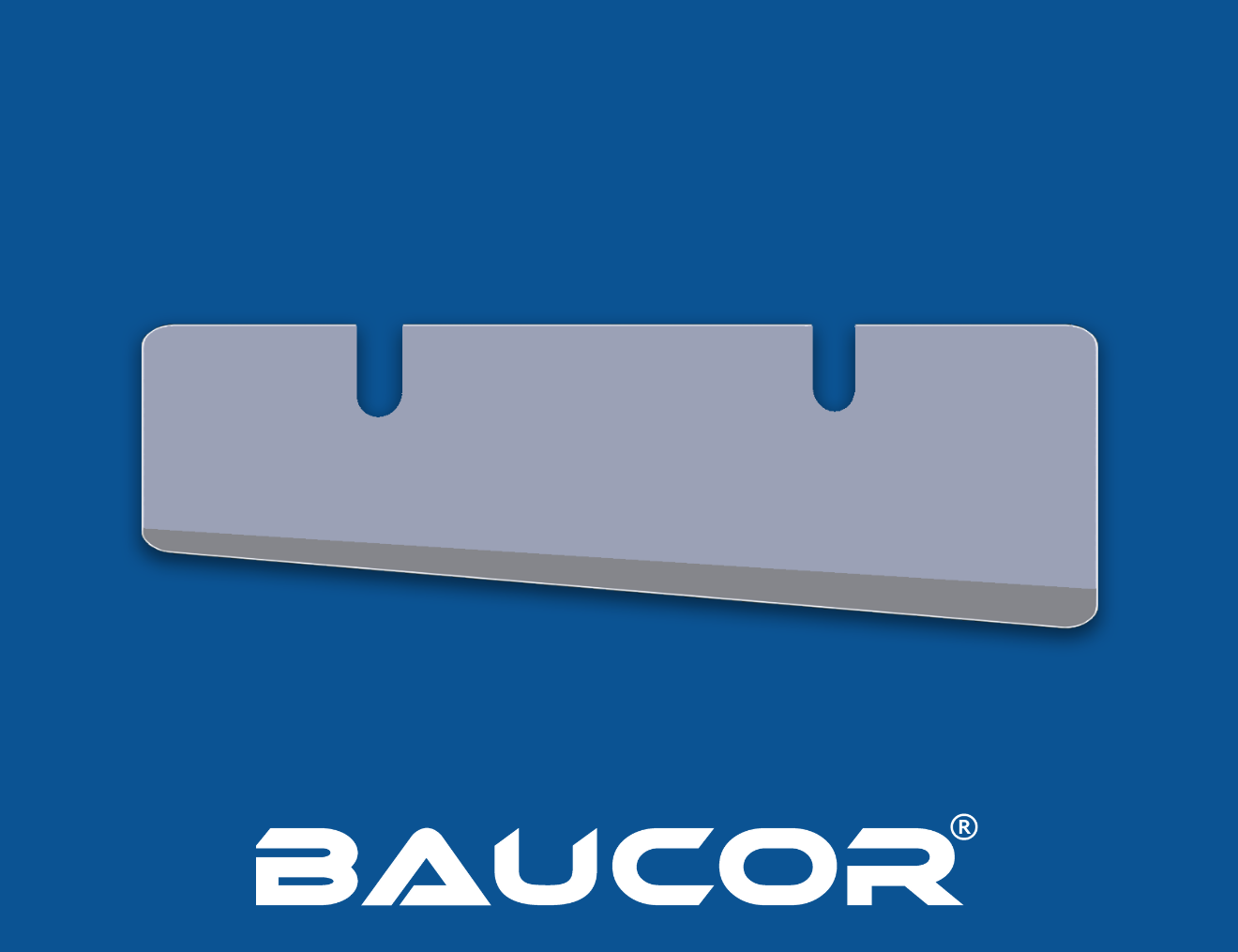
BAUCOR® manufactures razor and straight blades as small as 5mm and as large as 2500mm.

Punch blades must be made to exact specs. Turn to BAUCOR® just like thousands of customers around the world.

Whether you need circular slitter blades or flat slitter blades, BAUCOR® is here to turn your design into precision part.

BAUCOR® manufactures precision top quality toothed blades in all shapes and form.

Need to make a slit or cut through your material as precise as possible? BAUCOR® pointed blades are of highest quality in the market.

Top and bottom shear and slitter blades from BAUCOR®.

American or European style! BAUCOR® has the correct holder for you!